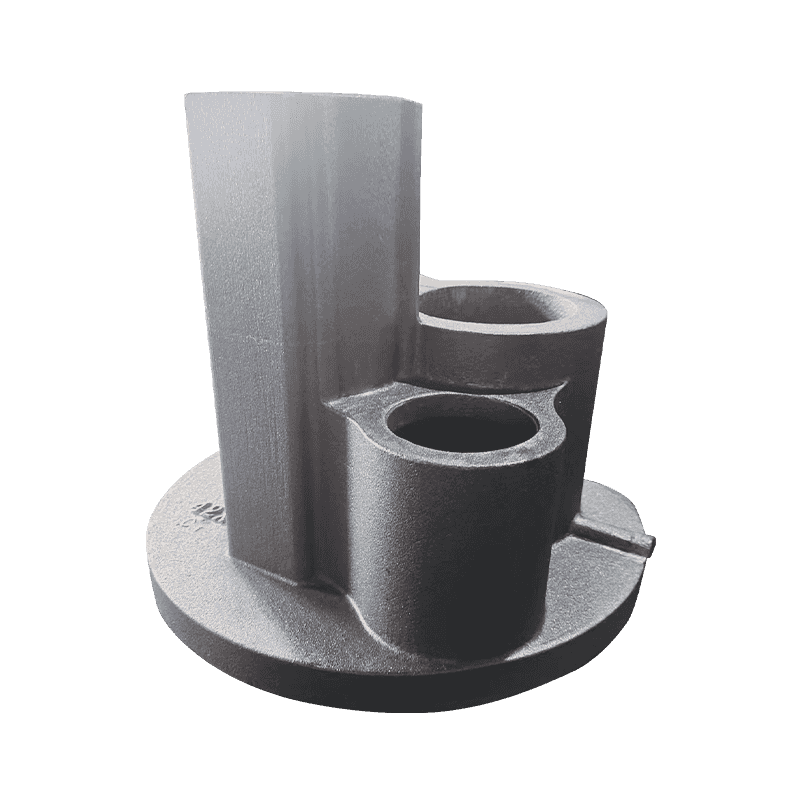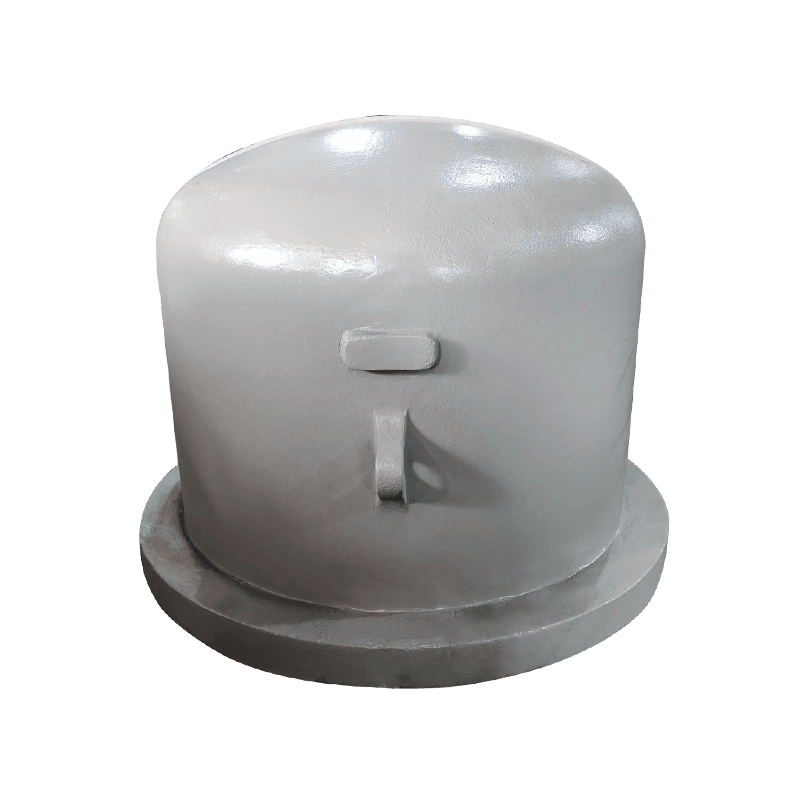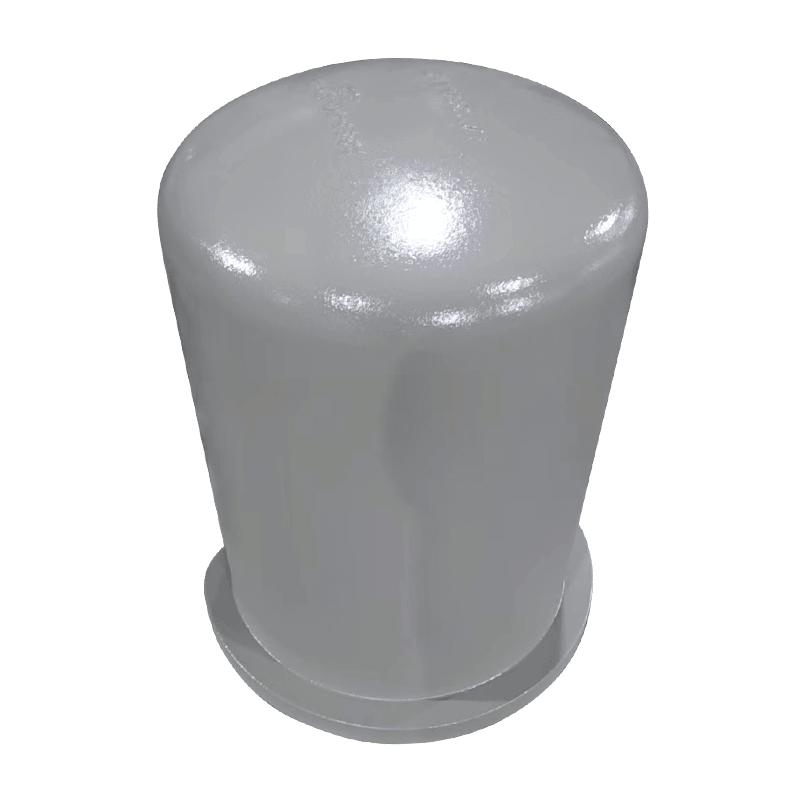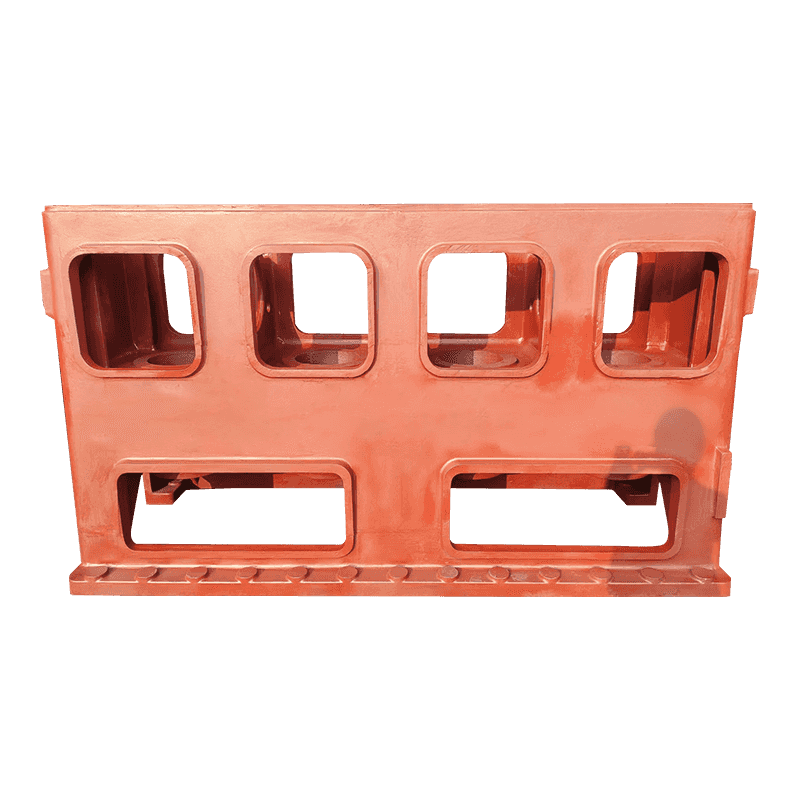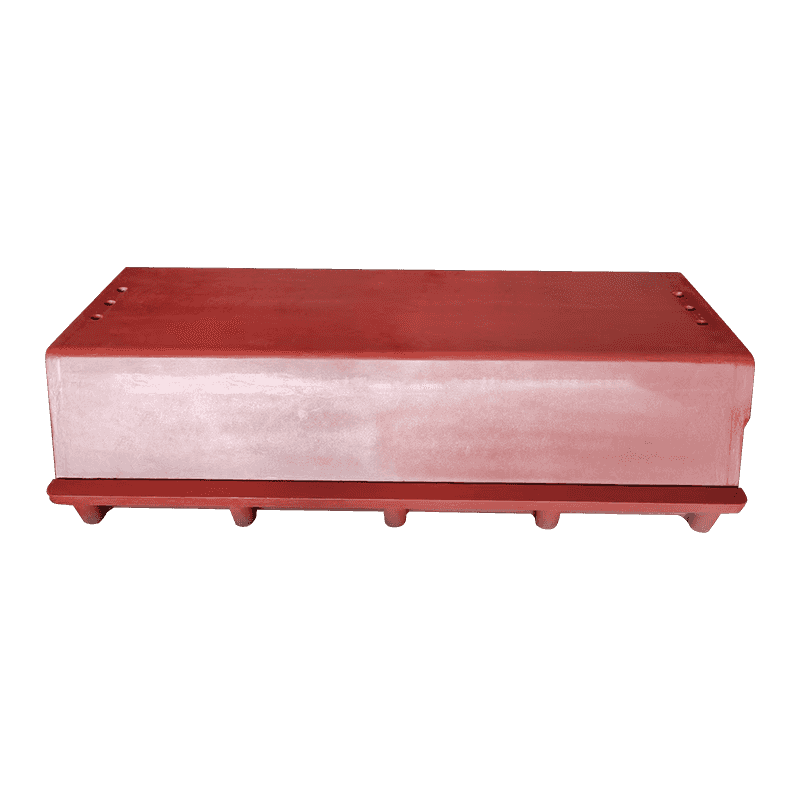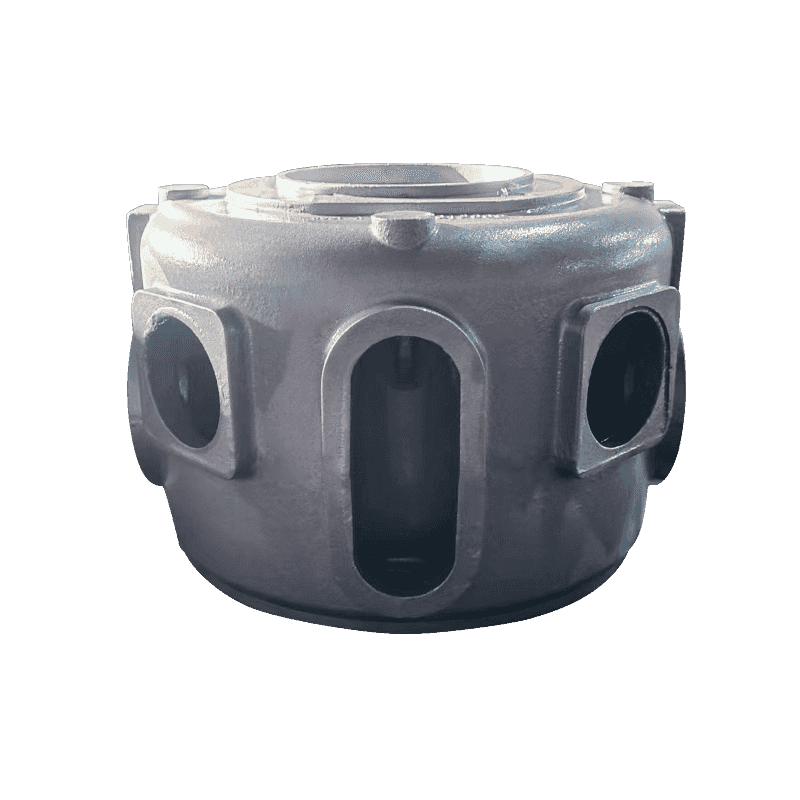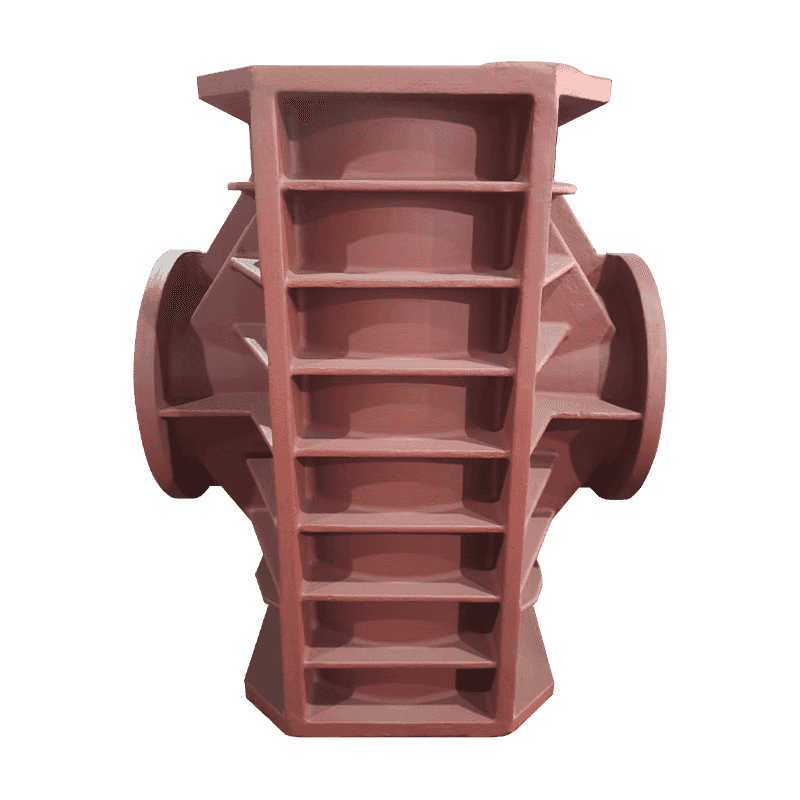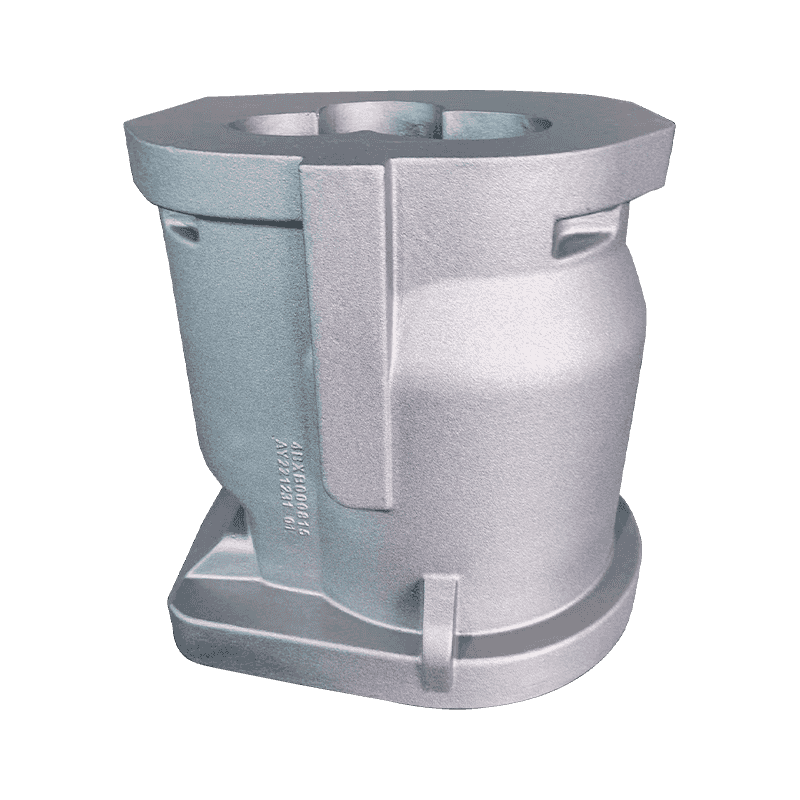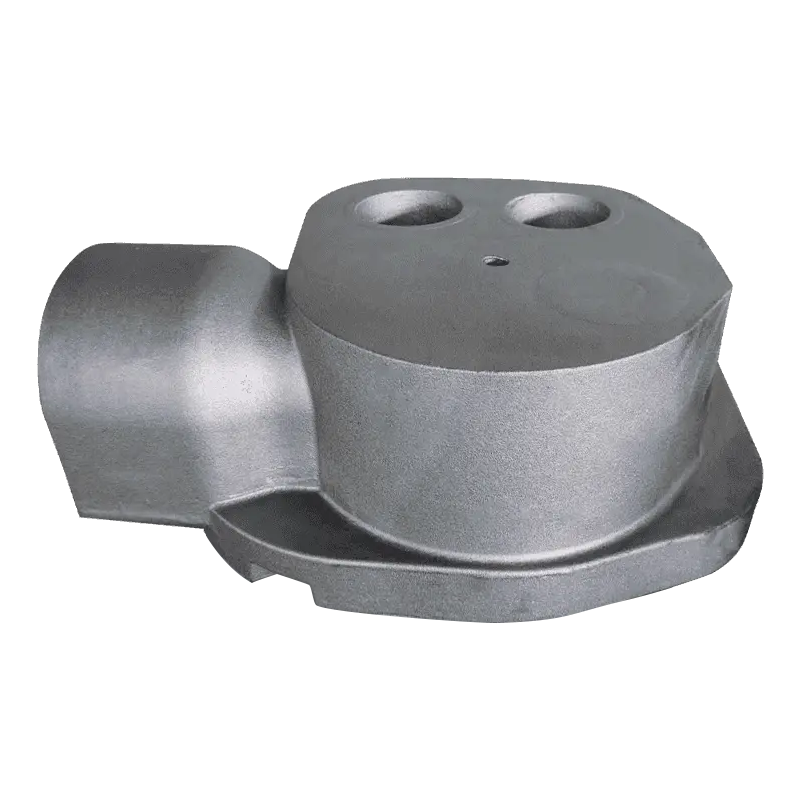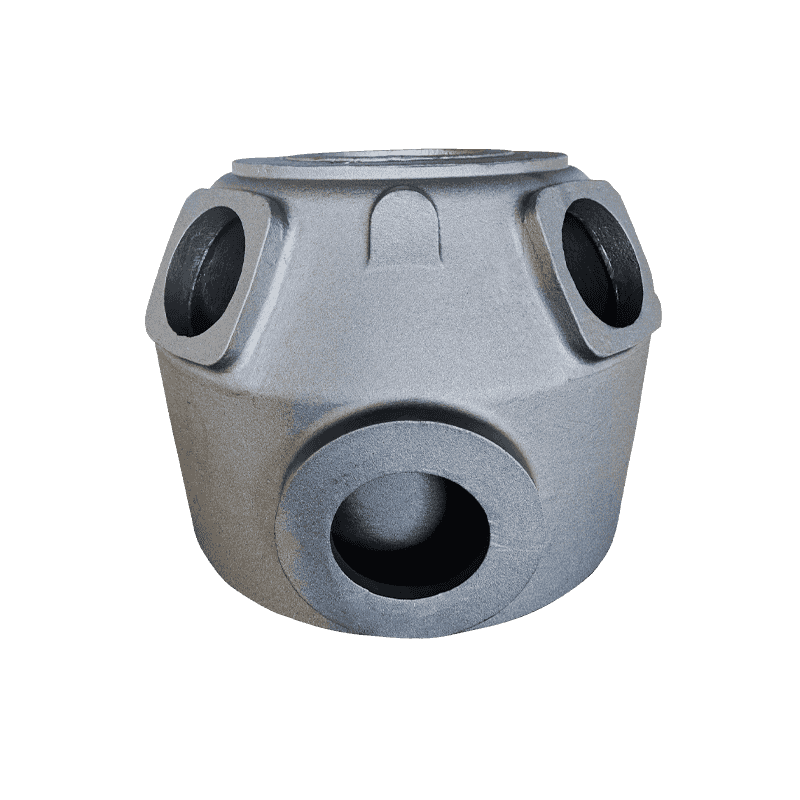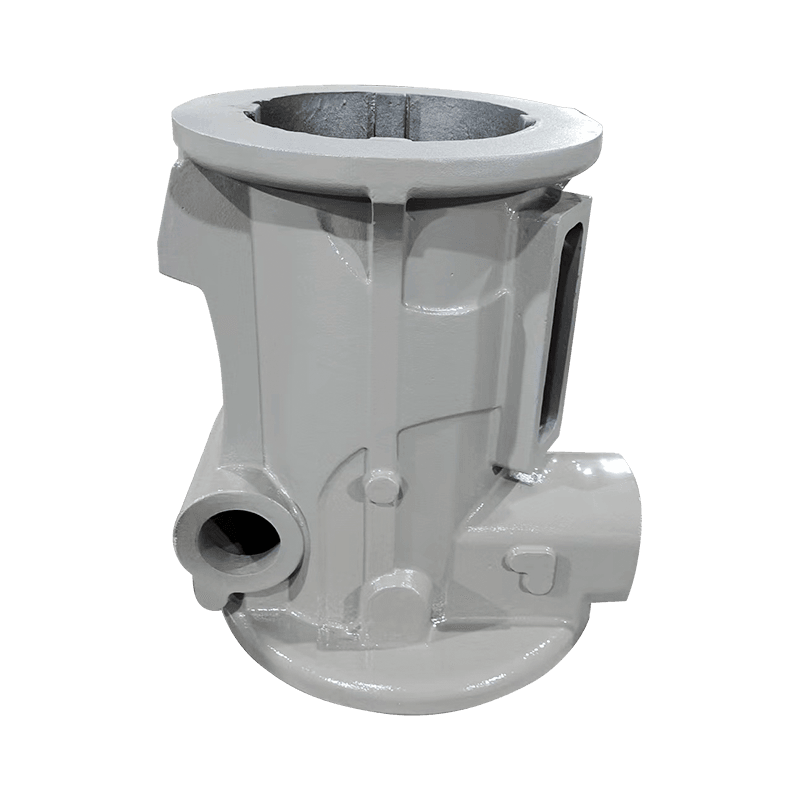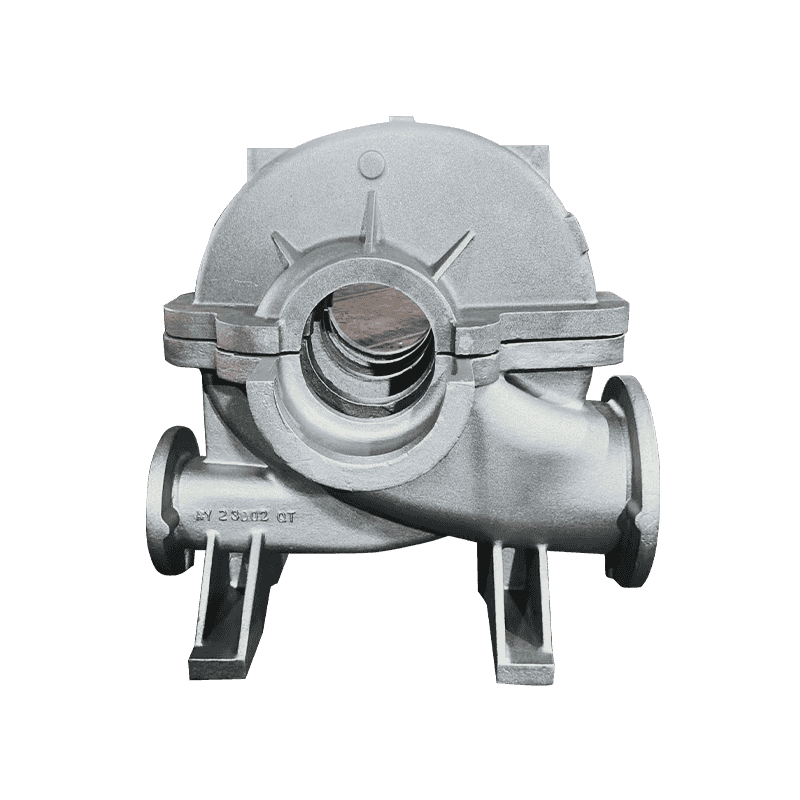Oil Circulation and Cooling: In many compressors, the crankcase’s primary means of cooling is through the circulation of lubricating oil. As the compressor operates, heat is generated due to friction between moving components such as the crankshaft, pistons, and bearings. The oil serves as both a lubricant and a coolant by absorbing the heat produced during compression. Once the oil has absorbed heat, it is directed to external cooling systems or heat exchangers, where it is cooled before returning to the crankcase. The oil circulation system is typically designed with pumps or gravity-driven flow to ensure that all parts of the crankcase and moving components are continually bathed in oil. This efficient oil management helps prevent overheating and ensures that the compressor remains within its optimal operational temperature range, extending the life of internal components.
Ventilation Ports or Vents: Proper ventilation is key to maintaining safe operating temperatures in a compressor crankcase. Ventilation ports or vents are strategically placed to allow the free flow of air in and out of the crankcase. These vents are essential for removing hot air and allowing cooler air to enter the system, creating an active airflow that aids in temperature regulation. Some vent designs allow for pressure equalization within the crankcase. This ensures that as the compressor operates and generates heat, the internal pressure remains stable, reducing the risk of oil leaks or seal failure. In some designs, vents may incorporate filters or baffles to prevent contamination from entering the system while still promoting effective airflow.
Crankcase Breathers: A crankcase breather is a critical component that allows for the release of gases and vapors generated inside the crankcase during compression. Over time, gases and moisture can accumulate within the crankcase due to the heat generated in the system. If not properly vented, this buildup of gases could lead to increased pressure, resulting in potential oil leakage or damage to seals and other critical components. Crankcase breathers serve to vent these gases safely, often using a valve or diaphragm system to allow the safe escape of hot gases and moisture. In some advanced systems, breathers are designed with filtration elements to remove particulate matter and prevent contamination of the crankcase environment, maintaining cleaner operating conditions and supporting long-term compressor health.
Cooling Fans: In addition to oil circulation and ventilation, many compressors are equipped with cooling fans that assist in managing the heat produced during operation. These fans work by blowing air across the surface of the crankcase, enhancing the heat dissipation process. The increased airflow helps to carry heat away from the crankcase and move it into the surrounding environment, preventing localized hot spots. Fans are usually powered by the compressor's motor or an independent electrical system and are typically integrated into the compressor's overall design to operate automatically based on temperature. The cooling fan system ensures that even in high-load or high-temperature operating environments, the compressor can maintain consistent performance and prevent overheating that could lead to mechanical failures or reduced efficiency.
Heat Exchangers or Oil Coolers: For compressors operating in environments where temperatures are particularly high or thermal loads are substantial, integrated heat exchangers or oil coolers are often employed. These systems actively manage heat by removing thermal energy from the oil circulating through the crankcase. Heat exchangers use an external fluid (such as water or air) to absorb heat from the compressor's oil and carry it away from the system. This process effectively lowers the oil temperature before it re-enters the crankcase. Oil coolers can take the form of finned heat sinks, plate heat exchangers, or tube-and-shell designs, depending on the application.

